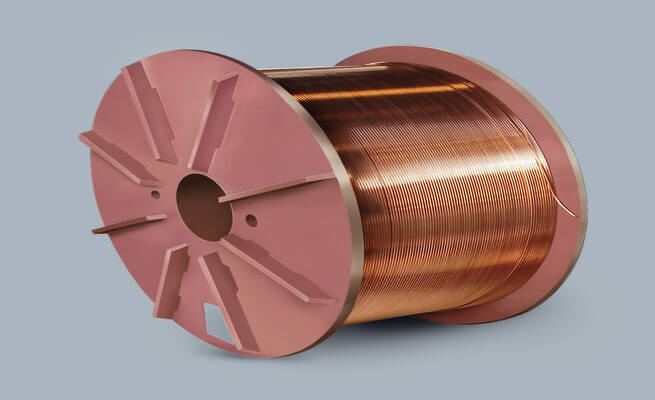
When SA-welding an electric arc between a bare metal electrode and a workpiece is initiated. This arc and the molten metal are "submerged" in a blanket of granular fusible flux. The heat evolved by the plasma of the arc together with the thermal reactions in the welding zone continuously melts the end of the electrode (solid wire, metal powder cored wire [MPCW], strip electrode), parts of the flux and the edges/surface of the base metal. The arc and the molten weld pool are protected against atmospheric contamination by the cover of the liquid flux-slag and the mound of unfused flux. Gases and vapours created during the melting of the metals and the flux form an arc-cavity. Here intensive chemical reactions with a rapid and high exchange of elements between the liquified droplets of the electrod, the molten base metal and the flux-slag happen, continuing in the melted bath near the arc. The strong stirring motion in the weld pool increases the rate of reaction and distributes these reaction products (gases and slag-particles) throughout the liquid metal as inclusions. The gases diffuse progressively effecting a desoxidation of the weld metal; the inclusion/particles partly nucleate and are trapped between the solidifying grains. The weld pool and, the liquid flux-slag cool and solidify, forming the weld and a protective slag cover over it.
The SA - process can be successfully applied for joining/surfacing of most mild steel base metals and many types of high alloyed stainless metals using single wire process (with AC or DC power sources) or multiwire processes such as TWIN-AC, TANDEM with two and more independent arcs. Wire electrodes or strip electrodes are combined with neutral or low active fluxes to meet the requirements of the base metal or the material specifications.